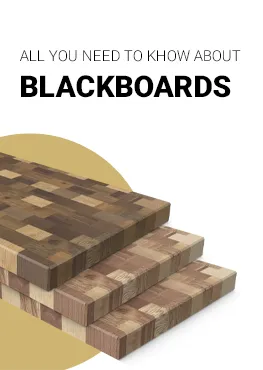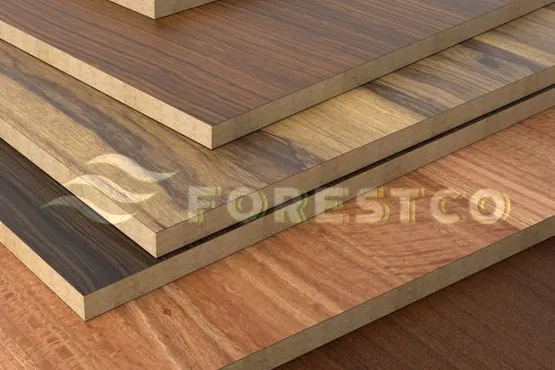If you have any questions about this Privacy Policy, please contact us at:
647-873-9670
info@forestcotradelink.ca
Similar to normal plywood, blockboard is man-made engineered compound plywood with a core made by joining softwood stripes from edge to edge and then glueing them together under high pressure. There are plenty of distinct types of engineered wood available in the market like plywood, MDF, hardboard, particleboard, blockboard, etc. Each of them has its own distinct properties, raw materials, and manufacturing process.
What sets blockboard apart from the rest is that it is the preferred choice of material for any exterior or interior furniture. It is made up of high-quality timber and innovative machinery and the board is widely accepted for its durability and finish. Experts will tell you that particleboard and medium-density fibreboard (MDF) are no match to blockboard because of their excellent dimensional stability, warp and twist-resistant functionalities etc.
It is imperative to have a little material knowledge about blockboards; especially if you are planning to buy blockboard furniture or are planning to make one. This blog will help you figure out the basic block board advantages and disadvantages that will help you in the future.
Before we jump on to blockboard advantages and disadvantages, let’s understand what blockboard is used for and its types.


While both blockboard and plywood are types of engineered wood, they differ significantly in their composition and properties.
Manufacturers make Plywood by gluing together thin layers (or ‘plies’) of wood veneer.
The blockboard is composed of a core of softwood strips sandwiched between two outer layers of hardwood veneer.
This difference in structure results in different characteristics.
Understanding the properties, uses, advantages, and disadvantages of a blockboard can help you make an informed decision about whether it’s the right material for your project.
While it may not be suitable for every application, blockboard offers a combination of strength, versatility, and affordability that makes it a popular choice in many situations. As with any material, the key to success with blockboard is understanding its characteristics and using it appropriately for your specific needs.